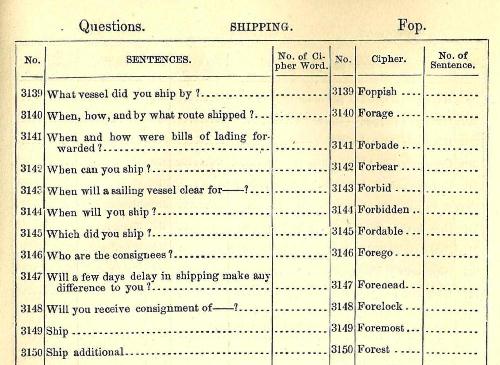You know how all these bizarre yet entertaining Twitter accounts keep popping up? The character-based Mad Men account, @BettyDraper the one quoting his hilarious father (with the not-censored four-letter-word-in-the-title), the FakeSteveJobs account, and how about this insane spam one, @horse_ebooks, told in the Ballad of @Horse_ebooks? Best quote in that article, “The reason it hasn’t been shut down yet is the same reason it’s so hilariously terrible at its job: It doesn’t bother anyone who doesn’t want to be bothered.” I’m sure I don’t have to tell at least half of my readers about the Fake AP style book Twitter parody account. It’s sheer awesomeness.
I have a new fake Twitter account idea. It’s inspired from The Information: A History, A Theory, A Flood
by James Gleick, describing the era of the telegraph, where you were charged by the character. Yet people still wanted a sense of efficiency and value from their telegraph messages.
How about this entertaining Twitter account idea – a Twitter account entirely written in a code that you need an old telegraph code book in order to understand?
Apparently people in the 1880s wanted to be sure the receiver of the message understands manners and respect. One of the subtitles of “Bloomer’s Commercial Cryptograph” states “By the use of this work, business communications of whatever nature may be telegraphed with secrecy and economy.”

This book, Arnold’s Telegraph Codes, ensures the use of “Yes sir” and “No sir” throughout.
It would be a fun cipher each day or week, to figure out the contents of the message. Pretty sure it wouldn’t be guaranteed to be secret nor economic, but I bet we could ensure the use of Yes, sir, and No, sir.
Yes, these are the sorts of ideas I have about Twitter after using it for five years. What’s fun to me? Ciphers, information, history, and Twitter.
